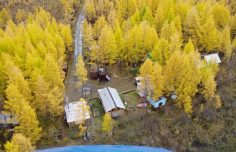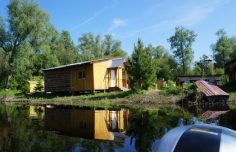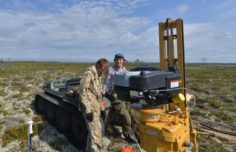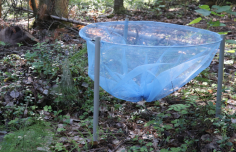Describes how carbon moves around the environment. It is an example of a biogeochemical cycleBiogeochemical cycles are pathways that chemicals take as they move between living organisms and environment. Some well-defined biogeochemical cycles include the water cycle, the carbon cycle and the nitrogen cycle.... More. See also carbon fluxIn the carbon cycle, the transfer of carbon from one 'pool' to another. Scientists try to work out the rate of flux, i.e. how much carbon is transferred in a given... More.
In recent years the carbon cycleDescribes how carbon moves around the environment. It is an example of a biogeochemical cycle. See also carbon flux. In recent years the carbon cycle has been studied intensively in order to... More has been studied intensively in order to understand the different factors that affect the concentration of carbon dioxide in the atmosphere. Carbon dioxideA gas (chemical formula CO2), which occurs naturally in the Earth's atmosphere. Carbon dioxide is given off by organisms when they respire, and it is absorbed by organisms like plants and... More is a major greenhouse gasA gas found in the earth's atmosphere that traps heat radiated from the surface of the earth, and causes the earth's temperature to rise. The term comes from the fact... More. Some carbon that is ‘fixed’ by plants builds up in soils (such as in peatPeat is a soil type formed from slowly decomposing vegetation. It is found in wet areas where the lack of oxygen slows the breakdown of plant matter. Peatlands are areas... More bogs). About 30% of this soil carbon is found in high northern latitudes. Oceans also take up carbon from the atmosphere, and northern oceans are particularly important in this regard. Not surprisingly, then, the carbon cycleDescribes how carbon moves around the environment. It is an example of a biogeochemical cycle. See also carbon flux. In recent years the carbon cycle has been studied intensively in order to... More is much-studied in ArcticDefinitions of the Arctic vary according to environmental, geographical, political, cultural and scientific perspectives. Some scientists define the Arctic as areas having a high latitude, long winters, short, cool summers,... More regions.






